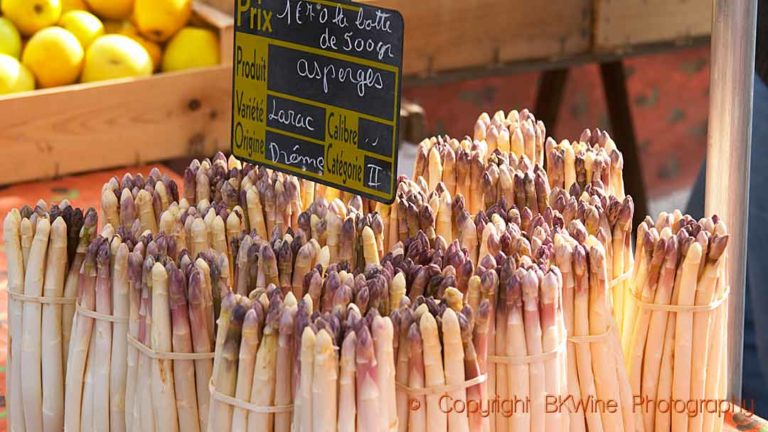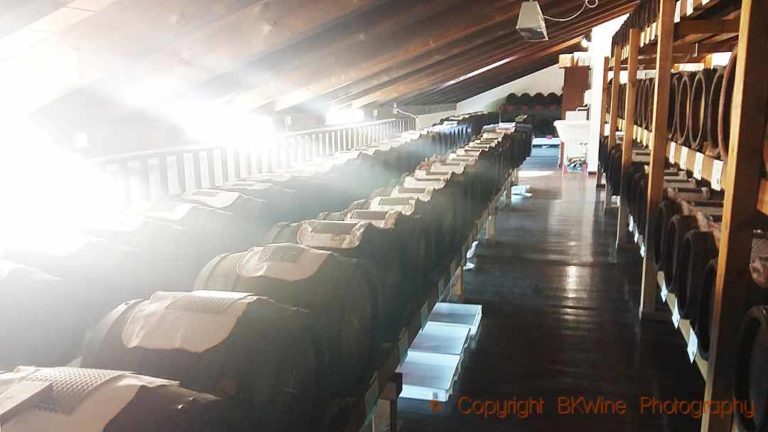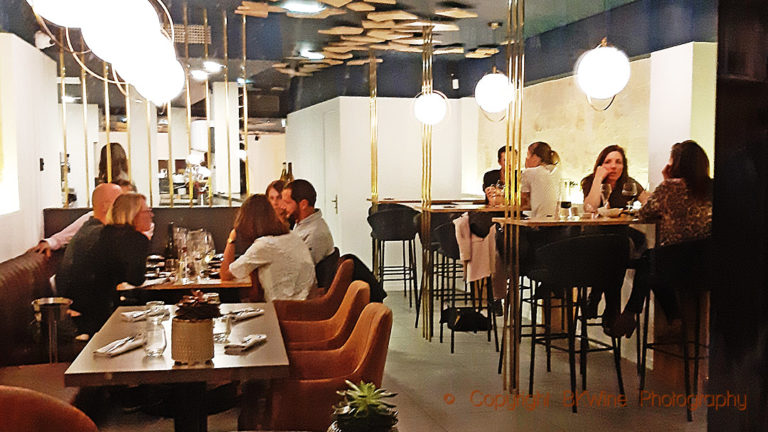When it is Christmas in Italy, the eternal question is whether it should be pandoro or panettone. The high, sponge-cake-like cake sold in colourful cardboard boxes in every shop from supermercato to small delicatessen shops is a must. But should it be pandoro or panettone? And what is the difference?
“Mom, this year, can we just have pandoro,” my son says, looking at me with supplicating eyes.
Pandoro is an Italian Christmas cake reminiscent of a sponge cake. It is just over 30 centimetres high and is sold in colourful cardboard boxes in every store in Italy in the period coming up to Christmas. The box also contains a bag of icing sugar which you pour into the bag with the cake and then shake well so that the sugar is spread in an even white layer all over. My kids eat pandoro for breakfast every day in December, right up to Christmas Eve. Forget oatmeal porridge and rye bread, here the quick carbohydrates are a must. “But it’s more nutritious than Nutella,” claims my son when I point out that eating pandoro every day at breakfast doesn’t seem to be healthy.
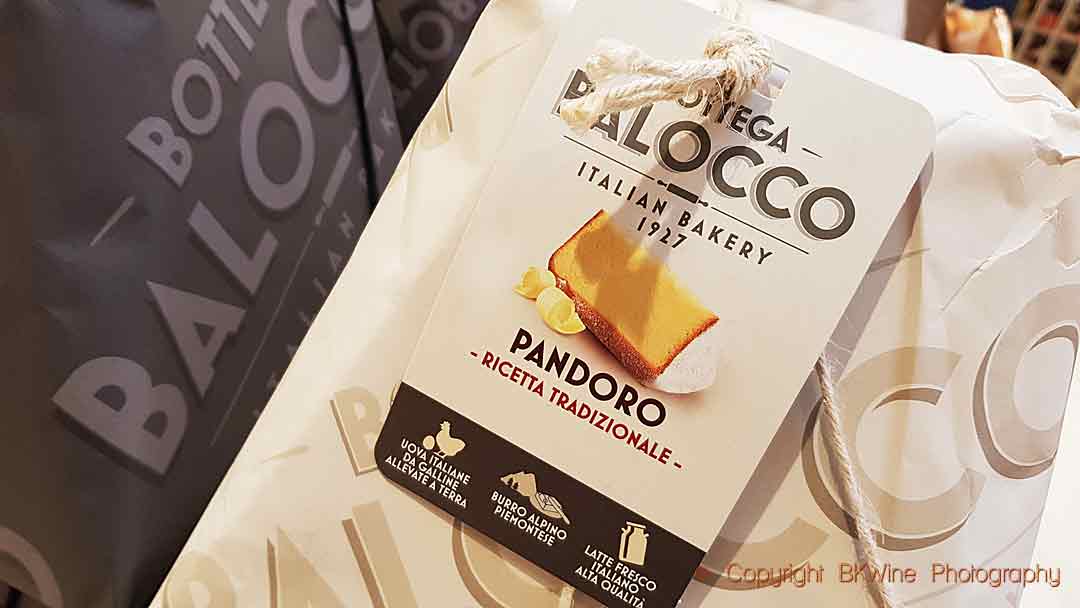
Pandoro comes from the area around Verona in north-eastern Italy. The story goes that it was the Scala family, who ruled the area during the Middle Ages, who were behind the creation of this Italian Christmas bread. Pandoro means golden bread and the story tells that the Scala family wanted to create a dessert that no one had seen before. With that in mind, the Scala family baker made a tall sponge cake with real gold leaf on top. Hence the name.
There is a date that officially determines the birth of pandoro, at least from a commercial point of view, and it is October 14, 1884. That’s when Domenico Melegatti filed a patent for a dessert with the Italian Ministry of Agriculture for “pandoro” made from sponge-cake dough and with an octagonal shape.
But there is also a version from Milan called panettone, which is slightly lower, round in shape and containing candied fruit. My personal favourite.
According to legend, “il panettone” was created by mistake. Ludovico il Moro, who belonged to the Sforza family, who reigned in Milan in the late 16th century, had asked for an exclusive dessert for his Christmas banquet. But on Christmas Eve, Sforza’s chef unfortunately burned the cake. To the rescue came one of the kitchen hands, a certain Toni. He decided to take his own Christmas cake that was fermenting in a corner and give it to his master’s celebration. He worked the dough several times with flour, eggs, sugar, raisins and candied fruit. The result was fantastic: Sforza appreciated it so much that they decided to call the Christmas bread, “pan de Toni”, Tony’s bread, which today has become “panettone”.
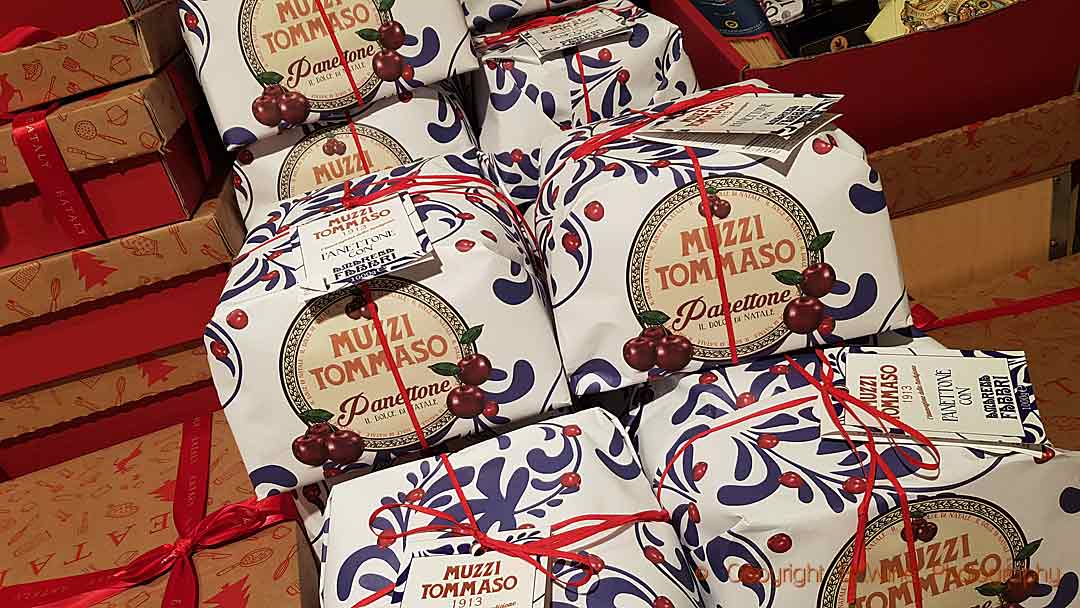
One of the first to produce panettone on a larger scale was Angelo Motta, still today one of the best-selling panettone in Italy.
Both pandoro and panettone can be purchased for a few euros in a supermercato, but there are also real luxury versions. For example, made in collaboration with designers and star chefs. The brand Fiasconaro, launches the first panettone made with wine from Sicilian producer De Bartoli this Christmas. The packaging is designed by the fashion house Dolce & Gabbana, with a beautiful pattern reminiscent of the paintings on traditional Sicilian wagons.
Or why not try Italian chef Niko Romito, three stars in Guide Michelin, who makes a chocolate panettone where he created a special sourdough just for this purpose. The cake costs just over 55 euros each. You get what you pay for some might say.
But one of my personal favourites comes from Sicily and is called Di Stefano. It is a panettone made with Sicilian delicacies, such as almonds, pistachios and candied Sicilian oranges. And best of all, in my pandoro-loving family, I get to have it all to myself!
Åsa Johansson is BKWine’s person in Italy. She lives in Florence since the early ’00s. Asa writes regularly on wine and food in Swedish and Italian publications as well as online.



